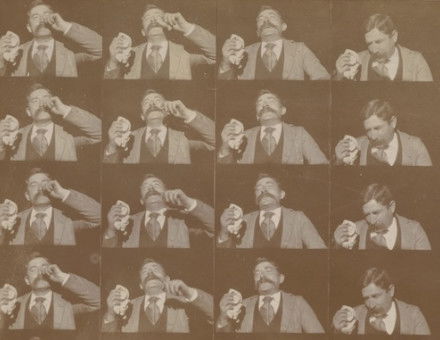City Status in the United Kingdon
John Beckett investigates the thorny, and sometimes illogical, issue of what makes a City.
After a two-year competition involving dozens of would-be ‘cities’, the government announced in December 2000 that Brighton and Hove, Wolverhampton and Inverness would become cities as part of the Millennium celebrations. Few people outside the Home Office have much idea as to how and why city status is conferred on some towns rather than others or what, if any, benefits the promotion brings. Some will tell you that a city ought to have a cathedral or a university, or both. Others will tell you that a city automatically has a Lord Mayor rather than a mayor; but not many will be able to say whether there are any real advantages to be gained from the change in status. So why did thirty-nine towns the length and breadth of the United Kingdom enter the Millennium competition, how have cities traditionally been ‘made’, and why does England have so many more cities than Scotland, Wales and Northern Ireland?





